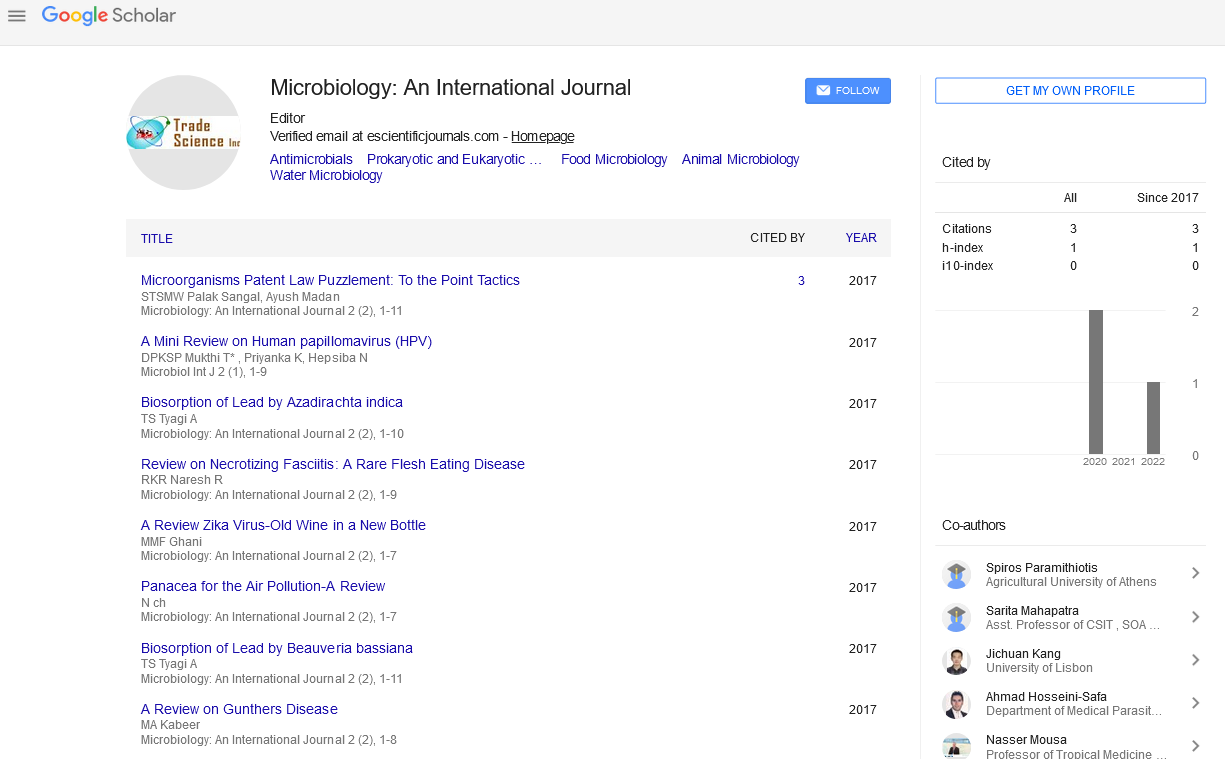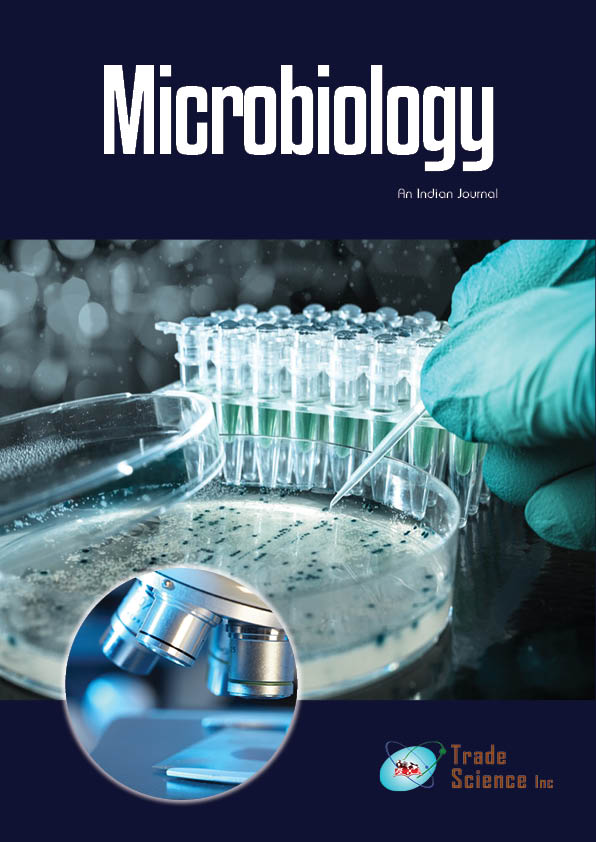Abstract
Hemolytic Activity and Biofilm-Formation among Clinical Isolates of group B Streptococcus
Author(s): Meenakshi YadavStreptococci are a large group of bacteria that are normally commensal but can cause a variety of life-threatening diseases. They infest the oral cavity, respiratory, gastrointestinal, and urogenital tracts, among other host niches. Despite the fact that the environmental circumstances in different host compartments vary, many streptococci form biofilms on mucosal membranes, which helps them survive longer. In response to environmental circumstances or stimuli, bacteria undergo considerable physiologic and metabolic changes during biofilm growth. When examining bacteria, researchers uncovered a number of genes that are important in the early stages of biofilm development. The expression patterns of these genes reveal a complicated and tightly controlled mechanism that occurs during the transition from planktonic to biofilm formation. Biofilms allow bacteria to bypass human immunity and withstand antibiotic therapy as a survival strategy. On the other hand, the exact mechanisms through which biofilm-associated bacteria cause disease are uncertain. As a result, contemporary molecular approaches are being employed to find gene(s) or protein(s) that could be used as antibiofilm therapeutic targets. We go over what we know about biofilm production in different streptococci and how it can impact the bacteria's virulence qualities. In addition, the importance of surface proteins in biofilm formation, notably pili proteins, has been summarised. This paper will provide an outline of strategies for developing novel treatments to streptococcal infections induced by biofilms.

